The idea for this article came from the excellent text published on the Serbian Tango Six portal. The author of that text is my friend and coauthor of our book “Three Fingers of Death: Soviet 2K12 (SA-6 Gainful) Missile System” Zoran Vukosavljevic. As the article is written in the Serbian language, online translators can help to understand it but there are certain limitations of the machine translation.
For this reason, some modified parts of the text from the original article and much more additional material are incorporated into the new article with the intention to put some light on this much-spoken but little-known Russian missile that will be, for the time being, one of the most important offensive weapon systems in the Russian arsenal and is it really possible for Ukrainian AD with the existing missile systems to detect, engage, hit and shootdown it.
About Kinzhal
The Kinzhal is a “well-known unknown” missile. It is "problematic" in almost all aspects: as far as the published characteristics are concerned: from its range, where very different numbers are given, to what it can destroy - from an aircraft carrier, deep underground hardened structures such as command posts, and bunkers and weapon storages, to the fact that it is nothing more than an ordinary ballistic tactical missile with very small CEP adopted for the launch by the modified MiG-31 (designated as MiG-31K) and Tu-22M3 airplanes as an aeroballistic missile. Flight parameters such as the trajectories, altitudes, and velocities in different modes are unknown. For now (at the time of writing) there are no officially published diagrams and cutaways. This article has some, but they are just estimates (to say the best guesses) of how it may look like.
What is the Kinzhal? The first issue is the designation of the system itself: in the Western media, Kh-47M2 is common (based on the Russian Cyrillic X-47M2), but that is wrong! How come someone may ask... Western intelligence is always coming with the proper designation but seems that this time it is not the case. What is important for them is that they have assigned a NATO code name to the system – Killjoy. According to some Russian sources, the designation of the system is 9-A-7660, and the missile is designated as 9-S-7760. For now, let's use the Russian designations or simply the name Kinzhal (dagger) which is much better known.
If just the designation of the system is an issue that is not a big deal at all, but seems that many unknowns are subjects of speculation. How are these speculations formed? Well, depends on which side is interpreting them: if we read the Ukrainian (western approach) the Kinzhal is just a little bit above the average unsophisticated product of inefficient Soviet design combined with the Russian inherited ways of designs which is far below the superior Western technology. The pro-Russian side will interpret it as an outstanding aeroballistic hypersonic design that is impossible to counter, a real product of the Slavic ingenuity for which there are no protections or countermeasures at present.
So, what is the truth? So far, regarding the hypersonic velocities and associated technologies, only Russia and the US through missile development and space programs have long-term legacies and experience with hypersonic velocities and altitudes. Some other countries, such as China or France trying to catch up where China is more successful. Let's not forget Iran which is always somehow in the margins but still able to develop domestic ballistic missiles and the currently announced hypersonic program. There are also programs in North Korea and Israel (the UK was left far behind). Hypersonic is not some mystic word, but rather a technology that combines physics, thermodynamics, mechanics, etc related to the flight that is simply not unavailable to others. This includes flight through the high layers of the atmosphere to the limit of the cosmos. For those interested in hypersonic flight, the list of references is provided at the end of the article. Hypersonic speed, in some general terms above Mach 5, is accepted, although the limit of hypersonic is a matter of agreement among the experts. Importantly, the appearance of plasma effects in such flights and their influence on the operation of missile sensors is the subject of discussion.
Origins
The Soviet Union started developing short-range ballistic missiles in the late 50s. The very first one was the 9K52 Luna after which a generation of missiles followed. The development tree is extensive. For the Kinzhal and Iskander origins, the direct technological predecessor was the 9K714 Oka (OTRK-23). Behind the development was the idea to have a rapidly deployable tactical ballistic missile that can be set up and launched in a very short time–up to 5 minutes.
As both Kinzhal and Iskander missiles are mentioned, even though they look similar (we'll get to that in a bit) there are products of two different design bureaus. The Kinzhal design bureau does not deny that its missile is a descendant of the Oka missile, but they categorically reject the comment that it was developed directly from it. Long story short - it is a new missile. The opinion of the author is that this statement is correct. The Iskander Project Bureau has never commented on whether or not it was directly developed from Oka. Why is the situation like this? In the Soviet Union and later in Russia, design bureaus are government-owned organizations which means that they fell under the same control umbrella. Design bureaus compete for particular projects but once a project is assigned, they are typically the product of the particular bureau and its subsidiaries.
Kinzhal is a missile that evolved from the Oka-U missile: conceptually, based on some physical similarities and flight characteristics and the way of hitting the target, while most of its components are new and much more developed and modern than the raw model. According to the same criteria, the Iskander is a simplified and facilitated direct evolution of the ordinary Oka for a lower combat niche, although also with modern technologies that are available today.
The primary purpose of Kinzhal is to attack aircraft carrier groups. The Soviet military developed high-velocity cruise missiles previously with that purpose such as the Kh-22, and the newer Kh-32. With these two cruise missiles, the question is why would Russia produce both Kinzhal and Kh-32. The economy kicks in: the Kinzhal as the primary attacker of the aircraft carrier group is very expensive and the production is slow-paced. The Kh-32 has inferior characteristics such as sensitivity to modern air defense, but it is much cheaper and can be produced faster, so it is ideal for massive strikes to the already damaged defense of the aircraft carrier group or by weaker formations without carriers.
To achieve high precision in attacking mobile carrier groups, Kinzhal has a terminal guidance system that is unique. Although it's not the first time we've seen that concept - once upon a time, those of us who remember better see the evolution of the concept of the later US Pershing missiles, as well as the never-completed work on the last versions of the Elbrus (SCUD) missile prototypes with homing heads.
Kinzhal at work
Kinzhal is an air-launched missile. Estimates about the ranges are developed from the known Iskander parameters with speculations that include the air launch. Let's just stop here - there are different designs that on-the-spot annulate this analogy.
Kinzhal is primarily launched by MiG-31K. These MiGs are specially modified (the letter K is associated with Kinzhal). After the modification, the plane is no longer a fighter interceptor. This modification highly likely was performed in the way of stripping all equipment associated with the fighter/interceptor role and installing the necessary one related to handling the new missile. The goal of modification designers was to provide the ability to exceed the existing standard airplane flight envelope by increasing the ceiling and speed. This is necessary to launch the missile as higher and faster as possible.
The plane is equipped with special navigation systems and equipment which provide high-precision flight parameters to provide high-quality data input into the missile guidance system before the launch. This equipment is necessary because the primary role is to engage the enemy carrier groups that can be a thousand kilometers away. Engaging the enemy ships at such distances is not possible with coastal-based antiship batteries, even if their missiles may have multiple stages. The catch is in the speed - to reach the target in the shortest possible time that will prevent the enemy to organize defense or try to leave the destruction zones.
The second platform for launching Kinzhals is Tu-22M. This aircraft can't achieve MiG-31K velocities and altitudes but has a greater range and can carry up to 3 Kinzhals. Even this Tu-22M needs to be modified but not on the scale of the MiGs.
Regarding the ranges, some optimistic estimates are that the missile has a maximum range of 1,000 km launched by MiG-31K and 2,000 km in the case of the Tu-22M launch. Operational range and optimal range are different terms. Likely, the optimal engagement range for the Kinzhals launched by the Tu-22M is about 600-700 km, while from the MiG about 800 km or even a bit more. The initial velocity provided by MiG-31 plays its role but the slower Tu-22M can carry more providing a harder “punch”. In any case, the mission planners have this in mind when selecting the attacking platforms.
During the flight, assuming it was launched at 20.000 m altitude, the missile likely reaches 100.000 m. Once at this altitude, it continues flying on a light parabolic trajectory to approximately 80.000 m. When it reaches this altitude, which is within the target, the guidance system plunges it to 60.000 m. According to some estimates, the minimum altitude is 40.000 m. From this altitude, it will dive to the target with a minimum velocity of Mach 6.
At the moment when the missile rapidly changes direction from the parabolic trajectory to almost the vertical one, to avoid extra stress on the structure, it will slow down to Mach 3 and accelerate again when is on the vertical trajectory.
The missile velocity is not constant. This is an important fact. The maximum declared velocity is Mach 10-12, but this is only in the part of the active phase for a very short time. Because of this, there is no massive anti-plasma protection coating on the part of the cone. Due to the shape of the front cone and the elongated body, and the deceleration at high altitudes where the velocity eventually drops to Mach 6, which is the low hypervelocity, the plasma effects are not extensively present. During the deceleration, the missile may slow down even to Mach 3 when it finally goes down toward the target with Mach 6.
As there is no official information about anything related to the flight profile, in the West scientific technical departments developed their simulations of the required parameters. Some pieces of information about results are classified but some are available. The following diagrams taken from [1] show some of the effects of the off-axis pulsed energy deposition. Interestingly, it was simulated for a complete missile including the tail section cover which is ejected before the motor start. For the general civilian use, to show the flows and velocities it is enough. The classified studies have much more details. of course, but not publicly available.
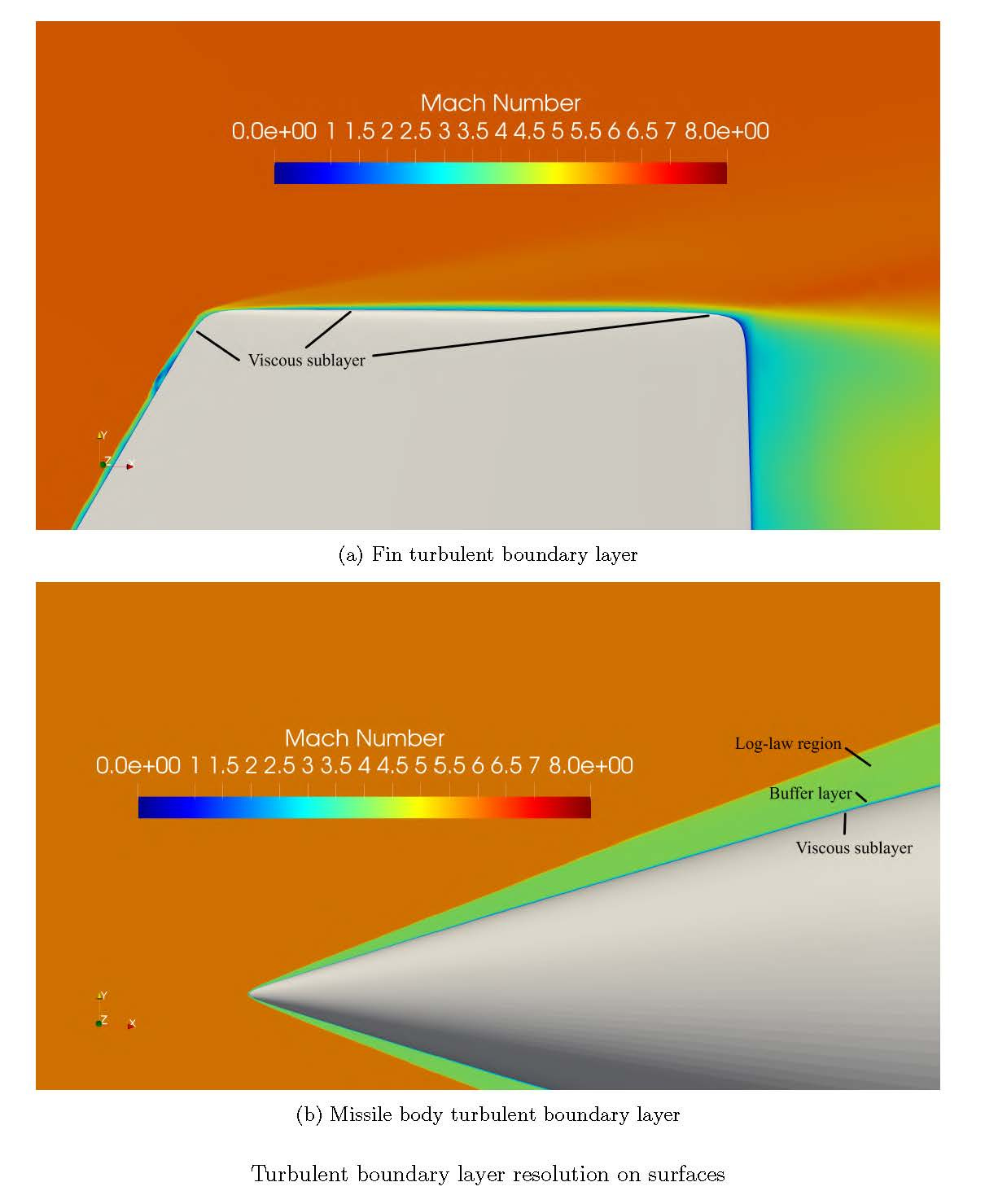
The temperature profile is extreme. After the active phase, the motor section's role is to act as a cooler - the heat is transferred from the cone area. Basically, the motor section has the role of the heat exchanger. In the terminal phase (between 40.000 m and 60.000 m) the radar will turn on to capture the target. At these altitudes (troposphere) and velocities, after some time the radar will lose functionality (but not before the target is acquired and entered into the command block) and the guidance is switched to the INS. How the INS are commanding the final approach is still unknown but likely there are some kind of side thrusters. With a velocity of Mach 6, the missile will approach the target almost vertically.
The trajectory terminal phase is also the biggest unknown, especially from the perspective of the radar and autopilot's ability to work at high speeds downwards, because somewhere there again the limit of plasma occurrence is high, but the question is where is it? Logically, the effect is probably created only in the troposphere. It is reliably known that the effect is not created anywhere at Mach 3, but it is not known whether it will happen at Mach 5 or 6, while at speeds of Mach 10 and more, the effect would be at least in the lower stratosphere and even higher. Based on some calculations and estimates taking into consideration the missile shape, and altitudes below 60,000 m (perhaps 20,000 m), there is a "window" in which the radar can operate effectively even at speeds up to Mach 8.
Going back to the temperature profile, the plasma effect may not be causing the biggest problems. Overheating the missile body can damage the structure, so it should not fly too fast before the final dive to the target. Not only due to the operation of the radar, but the integrity of the structure, there is every chance that the speeds of Mach 3 at the dive were such that they did not even create plasma, and in this case, that limit was probably raised a couple of Mach numbers higher. As mentioned, according to some estimates, after losing speed with changing trajectory Kinzhal starts to do vertical dive toward the target at about Mach 3 to 4 and then accelerates again to Mach 6.
Flight controls
There is one thing that is characteristic of almost every missile and that is the flight controls. Looking at the back of the missile, experts can determine how the missile is steered and controlled in the flight. For example, on the Oka missile, there were 4 nozzles and each one had one degree of freedom. This provides control during the active phase up to an altitude of 120,000 m. When the missile reaches this altitude the trajectory became parabolic to the target, where flight control is performed aerodynamically with the lattice fins, in order to adjust the approach to the target, and there, with the explosive bolts and the rotation of the special motor in the warhead section, it would eject that section together with the decoys, and the warhead will continue independently controlled by its INS and aerodynamic wings. Something like this is not visible on Kinzhal.

Kinzhal has a way sophisticated method of steering, controlling, and adjusting the missile on the trajectory but that is just one of several "capital" unknowns. One reasonable explanation for steering on the active flight trajectory is the existence of liquid injection steering. If that injection steering is really implemented, then it is one of the smallest installations ever applied of this type and size. This could be one of the justifications by the design bureau that the Kinzhal has a fundamentally different control system than the Oka missile.
One this is also unknown and that is how the missile is controlled during the almost vertical dive to the target. This trajectory can be dozens of kilometers. How is it corrected after breaking the tropopause when there are no aerodynamic control surfaces?
There are some assumptions about a jettisoning main motor and utilization of some very small new motor for acceleration but that is questionable because small dimensions of the missile. There is also a possibility that the rear motor section is partially jettisoned, and some kind of aerodynamic control surfaces are extended. There is some merit and design logic, but looking at the overall concept that is unlikely.
The next option to be considered is a gas generator, but the question is the ability to generate sufficient forces. What is feasible is side thrusters. One thing is certain, to hit a sea target, the missile must have a homing head, and then it must be guided by some means. Taking into consideration the overall dimension of the missile and previously mentioned options for flight controls and guidance we can estimate that the Kinzhal warhead may be smaller. Hitting the aircraft carrier at a speed of at least Mach 6 will create enough momentum to punch through the ship structure and inflict considerable damage. This momentum of just one impact is sufficient enough to disable or sink a ship of cruiser size. Kinzhal is also required to hit land-based targets such as underground bunkers. For that, the warhead is likely changed with the one optimized for that purpose.
Penetration ability is represented through kinetic energy, momentum, and impulse. For the sake of numbers, one can calculate their values (based on some assumptions). Let's assume (based on the public information) that the warhead weight is 480 kg and the velocity is Mach 6. The warhead will have KE = 998,784MJ, and the momentum of p = 979200 kg m/s. This is sufficient to have a deep penetration into the soil and cause extensive demolition solely based on the explosive charge (that can be 200-300 kg). If the weight of the entire missile is added into the calculations (minus the spent rocket fuel) the kinetic energy and momentum will drastically increase. The reader can play with the numbers to calculate for the different missile weights. In any case, accuracy is sufficient to bring the warhead within meters of the desired target and the combination of the impact and explosive load is sufficient to cause the damage. In the Russian inventory, land-based Iskander ballistic missile is a cheaper and more effective solution for hitting targets not buried deep underground within the optimal range but Kinzhal steps up when the range is an issue, target area AD cover as well as the importance of the target. Other countries also stepping up in the tactical ballistic missile race and nowadays we can include some newer models of Iranian Fatihs, despite being slower can still reach the target with equal precision. This is something that the US and Israel must take seriously because their assets are now exposed to this kind of attack.
About Patriot
To try to neutralize the real danger of the Russian air force, drones, and ballistic missiles NATO allies decided to send a cluster of air-defense systems and basically to sweep the warehouses from any leftovers of the Soviet systems and ammo. The US approved the shipment of the “much-celebrated” MIM-104 Patriot and took several Ukrainian crews for expedited and shortened courses and training. Much pomp followed in the Western media that Patriots, in particular, are going to change the course of the war (notorious game changer weapons n-th version). As known, Western media are leaning toward this approach. However, the situation in the field often is diametrically opposite from the one presented in the media.
The MIM-104 is the first US-made fully digital deployable land-based SAM system. It was designed to defend specific strategic objects and areas assuming USA/NATO quickly gains air superiority. It can operate as part of integrated AD or stand-alone mode. It can acquire target data and coordinates from multiple sources to create a real-time tactical map which made it unnecessary to use the radar of the battery in some cases before missile guidance.
The basic composition of a Patriot battery is fundamentally different from any previous SAM systems even compared to the most similar S-300PT/PS. The S-300 family is very often compared with Patriot regardless of their basic design conceptions are mostly different. Some major differences includes:
3600 missile launch and target tracking capability are not possible concerning a single Patriot battery. For a single battery is a main threat direction to the opposite direction a single battery is defenseless and is not able to operate. Patriot has only 2700 missile launch capabilities.
Patriot is not as mobile as S-300
The Patriot has a single radar for target acquisition/search and fire control (missile guidance). It was designed assuming other sources such as other Patriot batteries, AWACS, other static radars, etc. are available to have a picture of the tactical situation.
The Patriot system has four major operational functions: communications, command and control, radar surveillance, and missile guidance. A full Patriot battalion typically consists of six batteries. This can vary.
The main equipment of a battery is:
fire control/guidance and command center - engagement control station (ECS);
target acquisition and fire control radar;
missile launchers (launching station-LS) in two sections in total 8 pcs (2x4) vehicles;
electric power plant (EPP) with 2x150 kW capacity.
Patriot radar station is not manned meaning that the hit by an antiradiation missile may disable the radar but not eliminate the crew (difference between S-300P/PS radar). The radar is placed ahead of the command station meaning that one battery can cover only 2700. The second battery is needed for full coverage. For Ukraine, one battery is very vulnerable because 900 is not covered and from that direction, Russian drones or missiles can attack. The radar has ± 450 azimuth limitation for target acquisition and ±550 for target tracking. From the 2700 zone only within 900 arcs is useful for target search and 1100 for the target tracking.
The launchers are divided into two sections. Half of them can launch missiles to the left and main zone another half to the right and main zone. This is a consequence of the slant angle and hot launch method-missile motor starting in the launch container.
Assuming that Ukraine will get the PAC-2 and PAC-3 versions, it will use a MIM-104D/E and MIM-104F missiles with the capacity to engage Russian ballistic missiles (in theory). The warhead with a dual-mode fuse contains a more powerful explosive and larger fragments designed to place sufficient kinetic energy on the ballistic missile warhead section to achieve a kill. The dual-mode fuse allows the PAC-2 missile to retain anti-aircraft performance and also optimize performance against ballistic missiles. The system software based on the mission selected for the missile sets the fuse mode. The Guidance Enhancement Missile is an improved PAC-2 missile. A Low Noise Front End and improved fuse have increased lethality and expanded ballistic missile engagement volume.
Missiles equipped with proximity fuse are primarily intended to fight against aircraft and helicopters, and regarding this, have a minimal, almost only theoretical, chance of shooting down Kinzhal missiles. MIM-104C proximity fuse missiles engaging the old SCUD (Elbrus) ballistic missiles, with a linear and predictable trajectory, launched by the Iraqi army in the first Gulf War, as well as the experience of Saudi Arabia and Israel in the fight against similar missiles launched from Yemen and Iraq, achieved only 40-70% interception rate in best scenario. This means hitting the missile or exploding nearby (near miss), and not the specific destruction of the warhead, which means that there were also cases where the missile trajectory changed, so it missed its designated target, but fell to another place, and the warhead was activated, inflicting human casualties and material damage.
Taking this into consideration, the US developed missiles with a kinetic effect on the target (hit-to-kill), and the first project was called ERINT (Extended Range Interceptor). The projectile was intended to destroy operational-tactical and tactical ballistic missiles that were missed by other systems, and this is due primarily to the projectile's short range of 25 km in distance and about 20 km in height. It was possible to move missiles up to 20 km away from the command center, thus extending the defense distance. The interceptor was also equipped with a proximity fuse as a backup option.
The ERINT missile was successfully tested against the Storm II maneuvering tactical ballistic missile. The Storm II missile uses a maneuvering RV (Re-entry Vehicle) medium-range Pershing II ballistic missile paired with a Minuteman II intercontinental ballistic missile second-stage motor.
The US Army further developed the MiM-104F kinetic intercept missile, with a slightly increased range, but which did not particularly prove itself in Saudi Arabia against missiles made in Yemen and which had a ballistic linear trajectory, without decoys.
The last modification of the Patriot system was carried out by developing a missile with a reinforced rocket segment MSE, under the designation MIM-104E, and the system bears the designation Patriot PAC-3 MSE. The projectile has an increased range, for aerodynamic targets more than 90 km in distance, and ballistic targets up to 60 km in distance and 25-30 km in height. The missile is equipped with a very modern radar head for self-guidance in the final part of the trajectory. It doesn't have a proximity fuse as a backup option, and it doesn't have a warhead either.
The reader has to understand that air defense is a trinity – equipment, crews, and tactics. If any of these components fail or do not perform, the whole system fails. The equipment is what is available at the particular AD site. The crew, especially the system operators, must be fully proficient. A partially trained crew may work in the best-case scenario (theoretical), but if the crew is not fully trained (for which years of work on the particular system is necessary) the system will not perform. Tactics are last but not the least. It is highly likely that in Saudi Arabia mixed crews (US & Saudi) operated. This is where foreign contractors and specialists kick in. There is no reason not to believe that foreign contractors or volunteers are also present in Ukraine. If the infantry, armor, and special forces instructors are present among the Ukrainian troops, highly likely AD specialists are present in the Western systems-equipped AD units. Also, they are likely among the combat crews.
Duel
Assume that two Patriot batteries equipped with MIM-104C and MIM-104E are deployed in Kiev. They are under Ukrainian command, not integrated into the national IADS but communicate with each other. The primary task is to engage and destroy ballistic missiles and cruise missiles aimed at the Kiev area.
During combat duty, Patriot radar can detect and track cruise missiles and ballistic missiles. Such missiles are certainly significantly easier targets for anti-missile defense than Kinzhal, which, along with supersonic low-flying cruise missiles that fly slightly above Mach 1, but at low or even marginally low altitudes, is one of the most difficult targets, much heavier than even some older ballistic missiles. Kinzhal will approach the target almost vertically and probably will not lower the altitude below 40,000 m or the speed below Mach 6 until it hits the target. Only above the target will it slow down a bit in a certain radius, in order to accelerate strongly again, but there it is already crucial that it goes almost vertically down, which is extremely difficult to hit, especially at high altitudes and velocities increasing speed.
Such a target is difficult to detect, let alone track and engage, although several countries in this world could try, and maybe even succeed. However, it should be said that in terms of characteristics, the Patriot missile system is not among them. On the other hand, how much the logically small number of Kinzhal missiles and their somewhat limited features, especially for land-based targets, can have a greater impact on this war is debatable.
The first duel happened in May 2023. In the Ukrainian media and later in the Western media bombastic statements accompanied by the "video pieces of evidence" popped up claiming that Patriot was able to shoot down all Kinzhal missiles. The number of downed Kinzhals rose exponentially. These claims are in the most polite way of saying very difficult to justify. So, what really happened there? What is certain is that parts of a large number of different air-to-ground and even ground-to-ground missiles were shown, in the desire to at least make a propaganda point about the alleged downing of Kinzhal, even though the Ministry of Defense of Ukraine itself at one point in a written address denied any Kinzhal downing. This was the time when the Pentagon took over pushing the story of the shooting down of Kinzhal by a missile from the Patriot system, without providing even a slight detail about it. In their media appearances, it is not clear which AD missile was used to hit Kinzhal. The first photo and video evidence shown by the Ukrainians show a Kiev major Klitchko standing by the so-called Kinzhal warhead. The warhead is with an unsymmetrical hole, claimed to be a product of a penetrator impact, which would lead to the conclusion that, at least initially, it was claimed to be an interceptor with a kinetic effect, meaning PAC-3 with MIM-104E missile.
Let's assume that the PAC-3 (2 or 3 batteries) made its way to Ukraine. This missile certainly has a theoretical chance to engage Kinzhal. To do this, it is necessary for ground-based radars to timely detect and then track a target flying at supersonic and hypersonic speeds, on a non-linear path, and with a vertical approach on the target while accelerating. And even if the radar succeeds in this, the potential distance is also a problem, because the maximum effective distance is also determined by the interceptor-target velocity ratio. The calculation that is advertised for the MSE missile is probably based on the average ballistic missile velocity, while the Kinzhal moves with a hypersonic velocity, so the distance of the effective effect of this missile is certainly significantly reduced. The problem, of course, lies in the detection distances and tracking capabilities of the radar itself in the missile. Even though the radar is the latest most modern serial equipment available, it is highly questionable can perform on the desired level in real combat conditions.
The crucial thing is the impact itself: what is the impact effect of two rigid bodies with a combined speed of over Mach 10 (assume Kinzhal Mach 6 and Patriot Mach 4)? The photo presented as a component of the downed missile certainly does not reflect the hypervelocity collision effect.
The following will discuss the hypervelocity impact with the scientific approach:
There are hundreds of scientific works regarding the hypervelocity impacts. Some address the interaction between rigid bodies such as space debris and spacecraft objects such as satellites, the other speaks of the meteorite impacts. Those addressing the missile-to-missile impacts are rare in the public domain but some conclusions can be drafted from the available sources.
In hypervelocity impacts, velocity exceeds the speed of sound within the target material and the resulting shock wave can lead to local stress levels that exceed the material's strength, causing thus cracks and/or the separation of parts at significant velocities.
Under hypervelocity impact conditions, thin metallic plates tend to stretch and bend around the impact area, absorbing a significant part of the projectile’s kinetic energy before perforation occurs. On the other hand, thick plates experience several failure modes during impact, such as spalling, petalling, discing, and plugging. These failure modes depend upon several factors, such as the impact velocity, the properties of the plate material, and the geometry of the projectile. Spalling occurs when a triangular-shaped stress wave is reflected from the back of the target plate, thereby creating a tensile pressure that is greater than the material strength, which then results in an internal crack that progresses normal to the direction of the wave.
There are a few stages (https://www.sciencedirect.com/science/article/abs/pii/S2214785322017837):
Transient stage: In this stage, when the projectile comes in contact with the target plate then the pressure at the interface point is increased in comparison to the strength of the material. Due to this, the material behaves like a fluid.
Penetration stage: In this stage, during the interaction of projectile and target, rarefaction waves generate at the projectile surface which is further converted into the shock wave. These shock waves increase the diameter of a crater on the target plate because the velocity of a projectile is still higher than the velocity of shock in the target material. When the velocity of shock in the target material is constant in comparison to the moving projectile-target interface then an equilibrium condition is obtained. This stage has significant importance in the hypervelocity impact because the velocity of a projectile is higher than the sound speed.
Cavitation stage: In this stage, shock waves are separated from the growing crater boundary due to release waves and advance into the target material. Simultaneously, a large amount of heat is created near the crater face due to the hypervelocity impact of a projectile. Material near the crater surface is subjected to the shear force in the existence of substantial heating as a result, most of this material is removed at high velocity.
Elastic/plastic stage: In the elastic–plastic stage, the growth of the crater and propagation of stress waves are entirely disassociated. The size of the crater is growing continuously due to the elastic and plastic deformation of a material. The growth of the crater is inhibited by the strength of the target material.
To visualize hypervelocity dynamics the following are extracts and samples from some studies and books:
What a tiny 3,18 mm steel ball can do to the Ni plate moving 3.4 km/s ( Mach 10) (vice versa is also applicable):
...or projectile rod (crystal rod) impacting RHA target (let say similar to SABOT)... or tungsten rod (78 mm) moving 1.5 km/s (Mach 4.37)
These stages occur in a micro fraction of a second period.
The intention of these three cases of hypervelocity impacts it to try to visualize what the hypersonic velocity impact with relatively small particles and large objects looks like. The reader can now try to imagine what the impact will be with two relatively large bodies.
So, the question is what is going to happen when the interceptor kinetic missile hit the Kinzhal? Is it possible that the kinetic penetrator of the MIM-104F hit the alleged Kinzhal warhead presented in the media?
The answer is not likely for the following reasons:
Imagine now two rigid bodies (hardened high alloy steel) colliding. The first one (let's say 400 mm diameter) is moving Mach 6 and the other one (250 mm) is moving Mach 4. Impact dynamic equations, momentum, and conservation of energy equations apply.
The combined velocity of more than a Mach 10 of two rigid bodies weight (very roughly) 400+ kg if only warheads are counted is definitely going to destroy both. The sheer momentum will be enough to basically disintegrate one of the participants and break the other one. into very small pieces. How this reflects what was shown by Mayor Klitschko? It is highly unlikely that even the hard-strength steel warhead body can withstand the medium weight of the interceptor missile. the warhead would be shattered into many pieces of different sizes. This simply means that there WILL be NO cracks and gaps in the body, but rather debris, and pieces scattered all around. This is applicable also in the case that the missile was engaged right at the moment when it lower the velocity during the trajectory change from the parabolic one to the almost vertical one.
Conclusion
Recent events and Russian claims that Kinzhals hit two Patriot batteries around Kiev, random launching of the entire loads of all Patriot missiles without guidance (as seen in the leaked videos), and missile wrecks scattered even in the urban areas are counteracted by the Ukrainian claims that all Kinzhals were intercepted. PR teams fighting a "merciless war without prisoners". Ukrainian claim is 100% efficiency of the Patriot system. This is hard to achieve even in a simulator so there are serious doubts based on the previous bombastic claims so the Ukrainian claims are highly likely nothing more than the PR stunts.
There was news in the media that the West will develop a new missile system that CAN counter Russian hypersonic Kinzhals and with this statement without acknowledging it directly, it is obvious that the Patriot system as it is today, can’t intercept Kinzhals.
To summarize, even though there are theoretical chances that Patriots can intercept Kinzhals, practically the probability is extremely low in the field and in real combat conditions.
References
[1] Partth A. Laad and Doyle D. Knight: Effect of Off-Axis Pulsed Energy Deposition on the Kinzhal Missile, AIAA SciTech Forum, 2021
[2] Zaid, A.: Hyper Velocity Impact Phenomenon and the Damages Caused by it to Structural Members, International Journal of Theoretical and Applied Mechanics http://www.iaras.org/iaras/journals/ijtam
[3] Hennig, P., Nöding, O.; Champigny, P. and Oktay, E.: MAJOR PROBLEM AREAS FOR TURBULENCE MODELLING ON MISSILES, RTO-TR-AVT-082, 2016
[4] ЩЕРБАКОВ, Б.Ф.: НАЗЕМНЫЕ ОПЕРАТИВНО-ТАКТИЧЕСКИЕ РАКЕТНЫЕ КОМПЛЕКСЫ, Балтийский государственный технический университет «Военмех», Санкт-Петербург, 2008
[5] Mihajlovic, M.: Rockets and Missiles Over Ukraine, Frontline books, (forthcoming) 2024
[6] Anderson J. Hypersonic and High-Temperature Gas Dynamics (Aiaa Education), 2019
[7] McDermott, R. Bukkvoll, T.: Russia in the Precision-Strike regime – military theory, procurement and operational impact, Norwegian Defence Research Establishment (FFI), 2017
[8] Murr, L.: Handbook of Materials Structures, Properties, Processing and Performance-Springer International Publishing (2015)
[9] Heppenheimer, T.: Facing the Heat Barrier A History of Hypersonics, 2007
[10] Speier, R., Nacouzi, G., Lee, C. etc.: Hypersonic Missile Nonproliferation Hindering the Spread of a New Class of Weapons, RAND, 2017
[11] Меньшаков Ю.К.: Гиперзвуковые летательные аппараты и воздушно-космические системы, 2018
[12] Колесников К. С.: Динамика ракет - Учеб. по специальностям Ракетостроение и Косм. летат. аппараты и разгон. блоки направления подгот. дипломир. специалистов, Ракетостроение и космонавтика, Машиностроение, 2003
[13] Мишин В.П.: Динамика ракет-Машиностроение, 1990
[14] https://tangosix.rs/2023/19/05/analiza-sve-o-ruskoj-raketi-kinzal-i-da-li-je-americki-patriot-moze-oboriti/
If you like the article (and much more articles regarding military subjects will come) you can buy me a coffee:
https://www.buymeacoffee.com/mmihajloviW

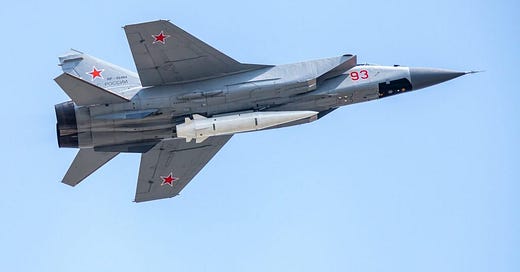



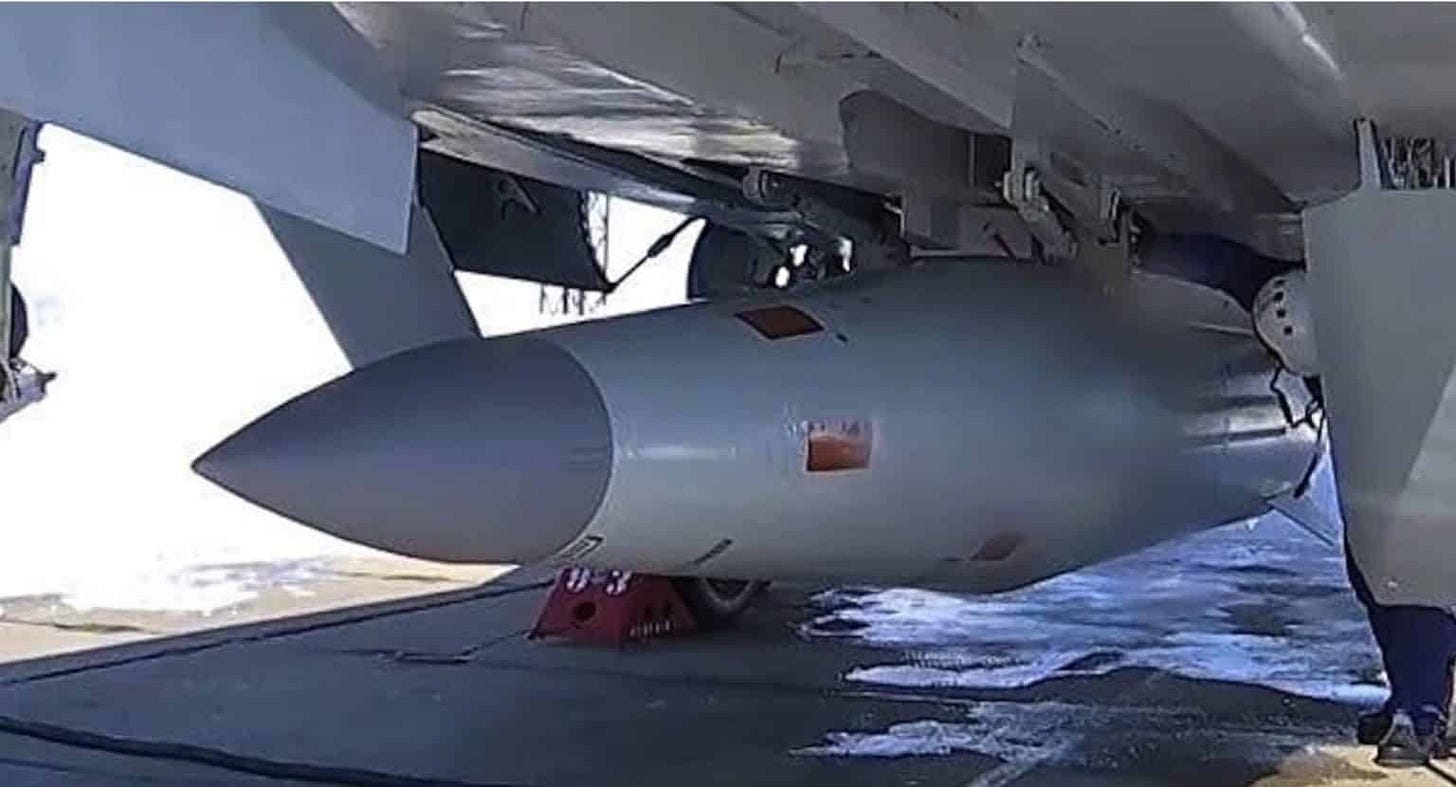
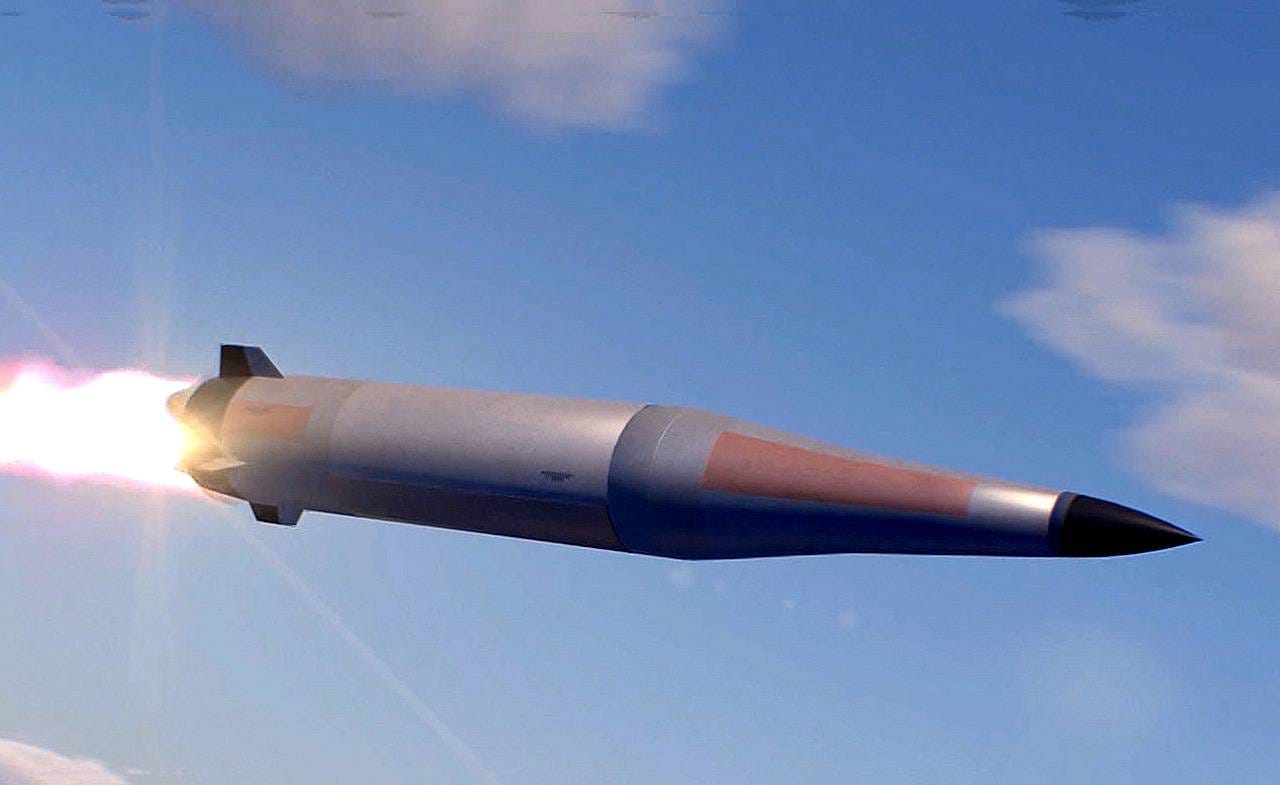

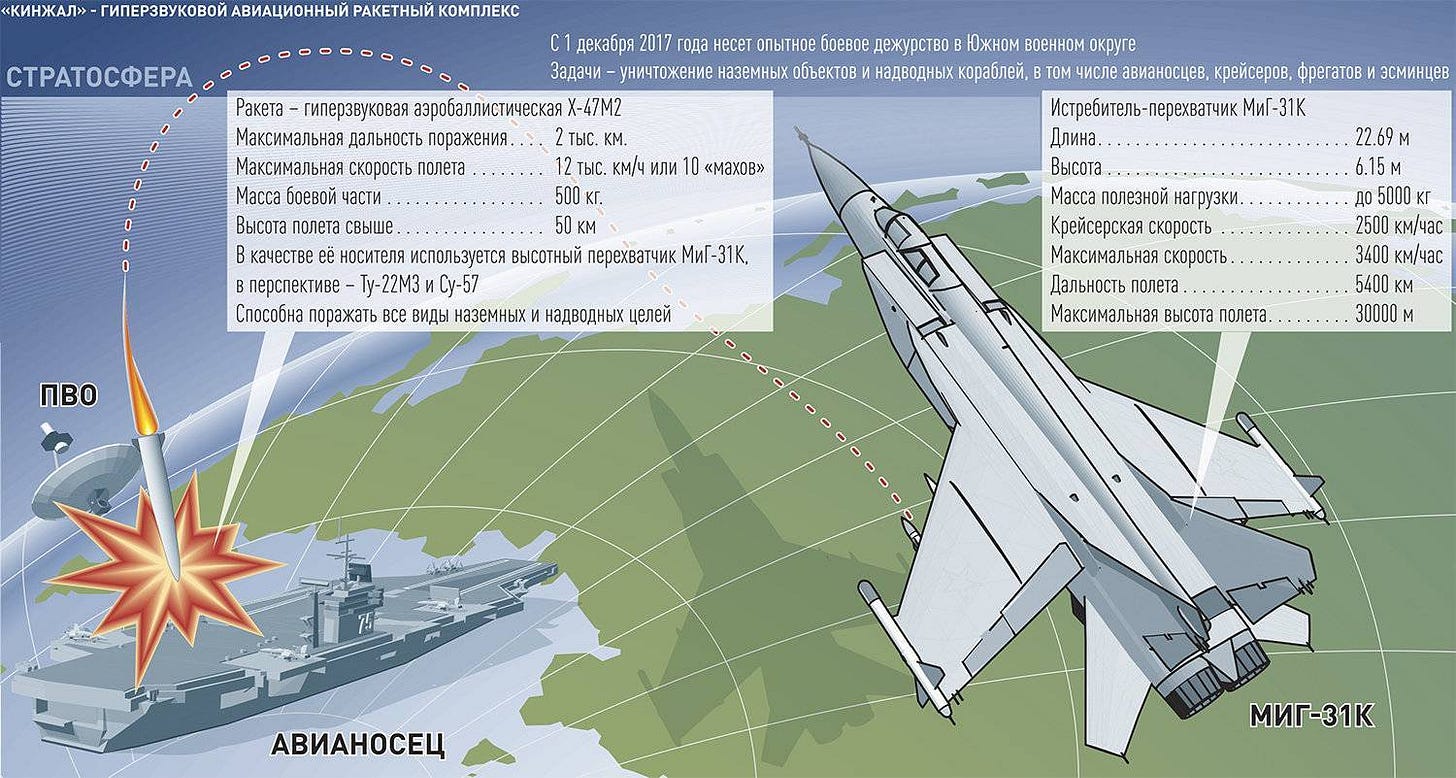
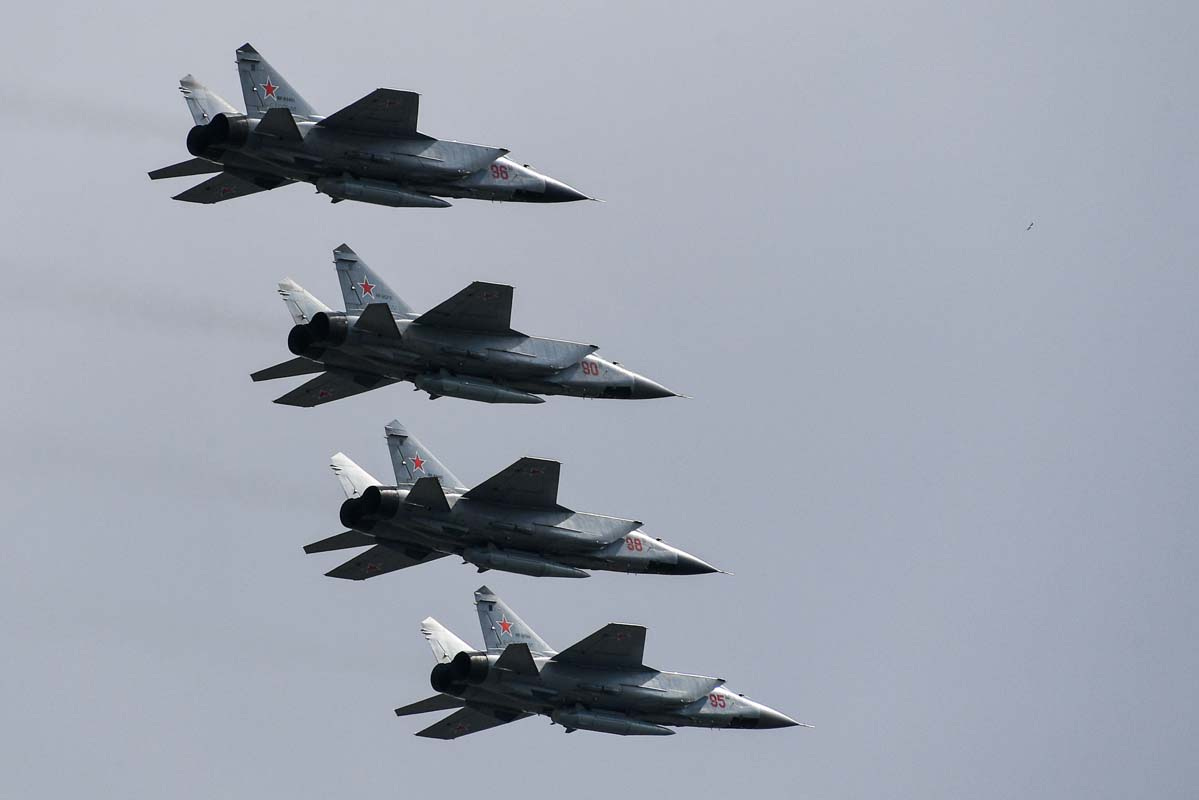
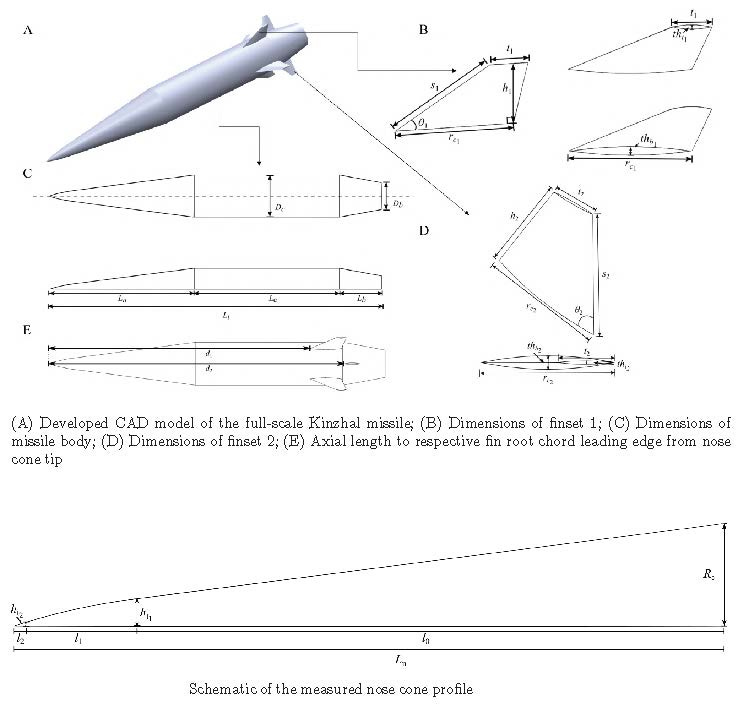

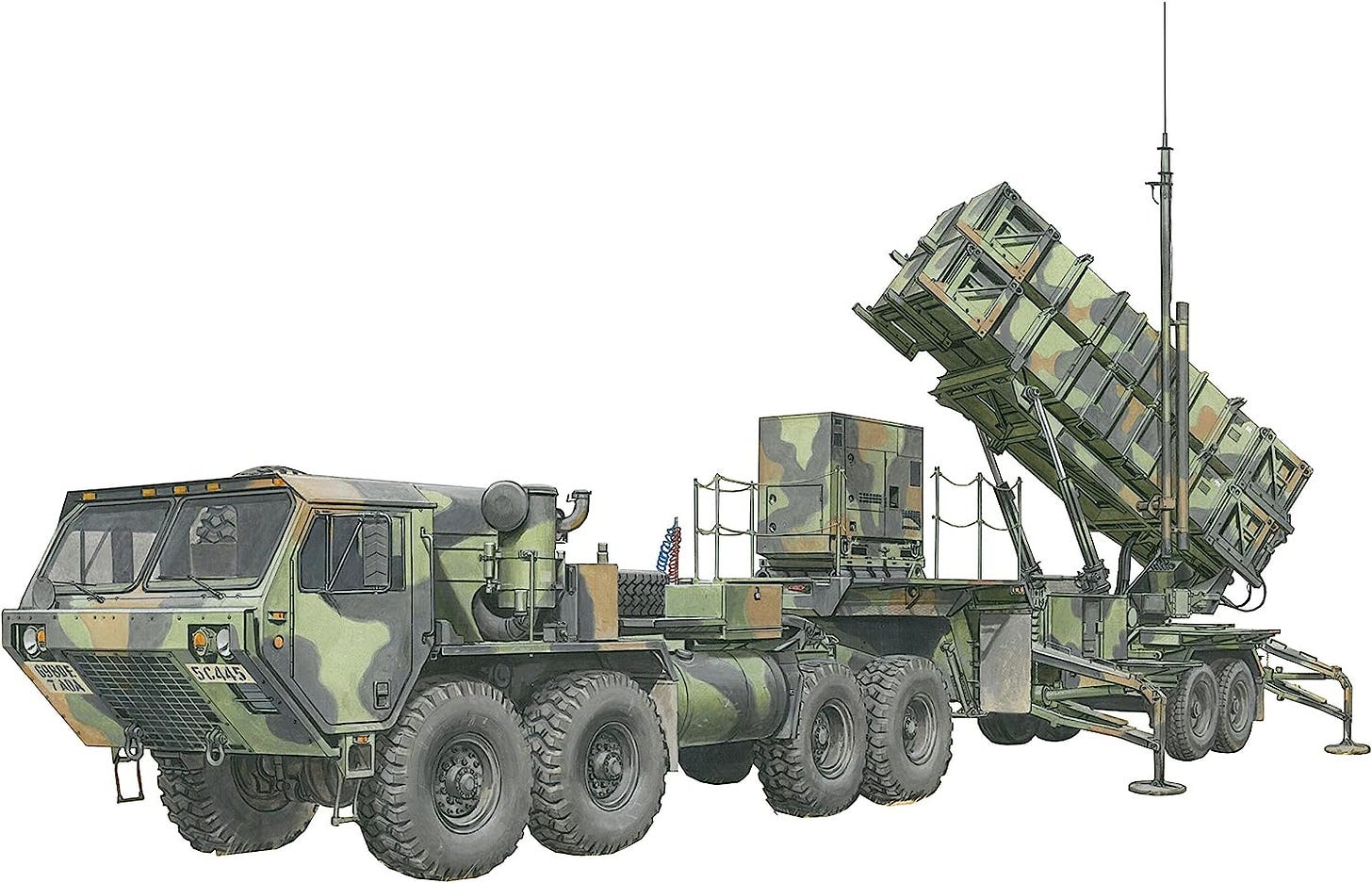
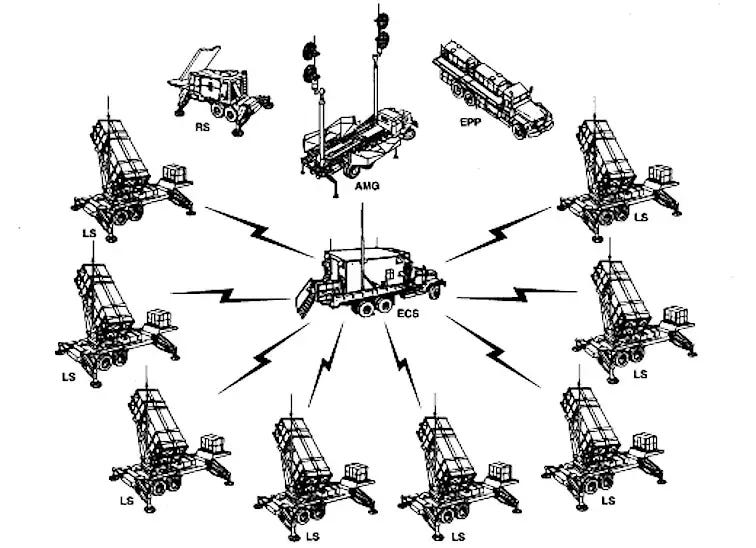
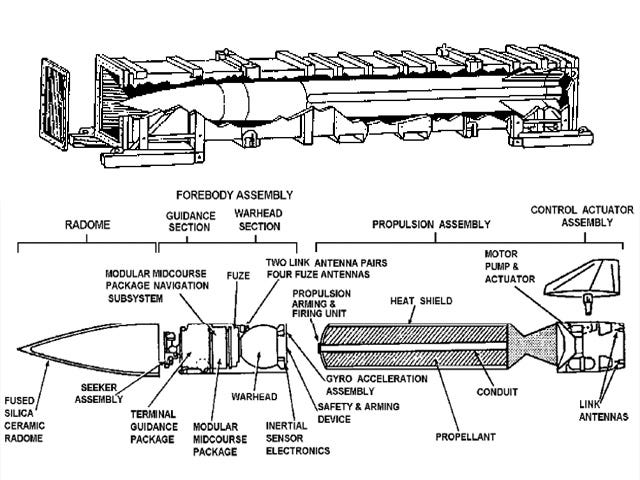
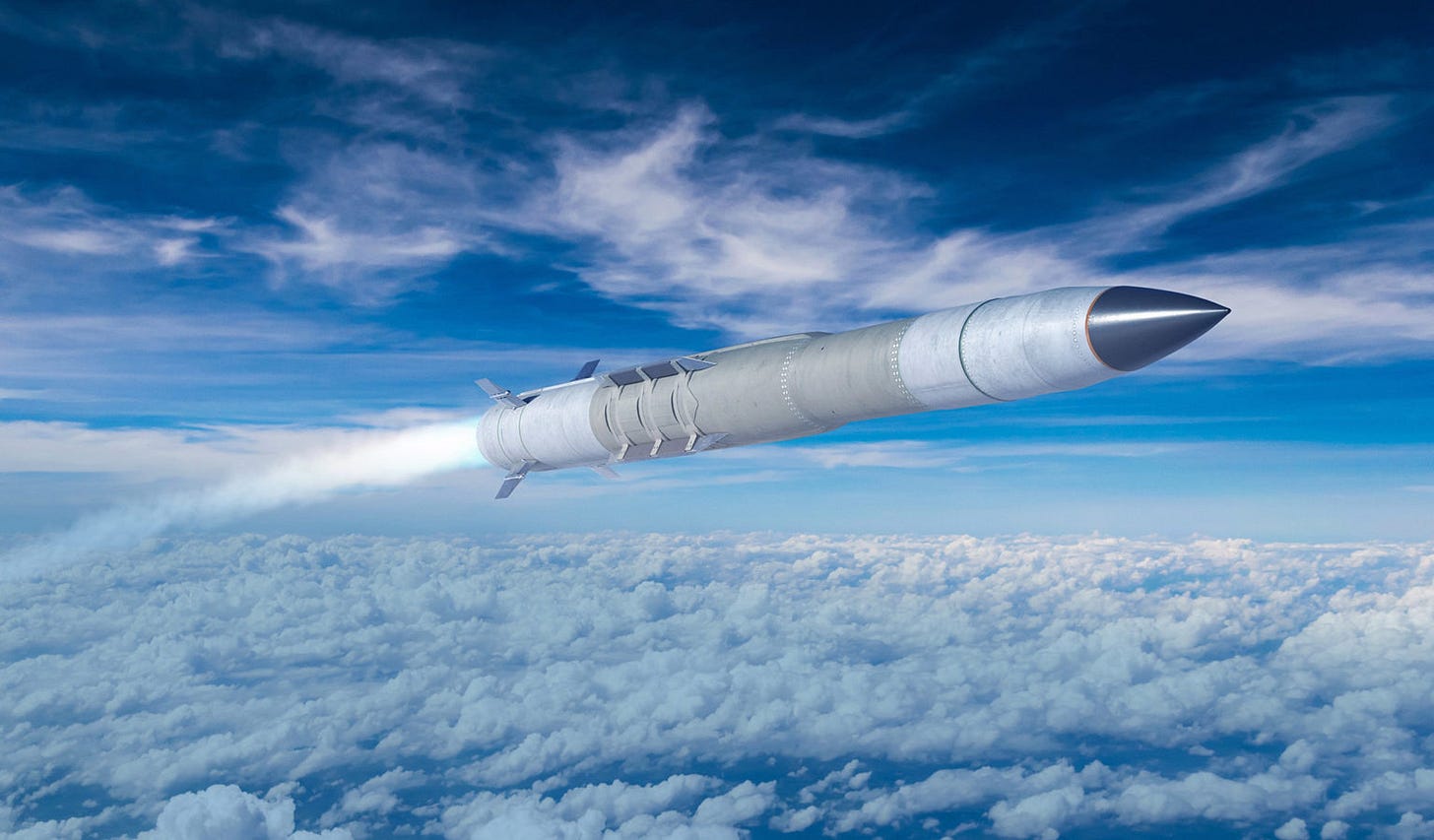
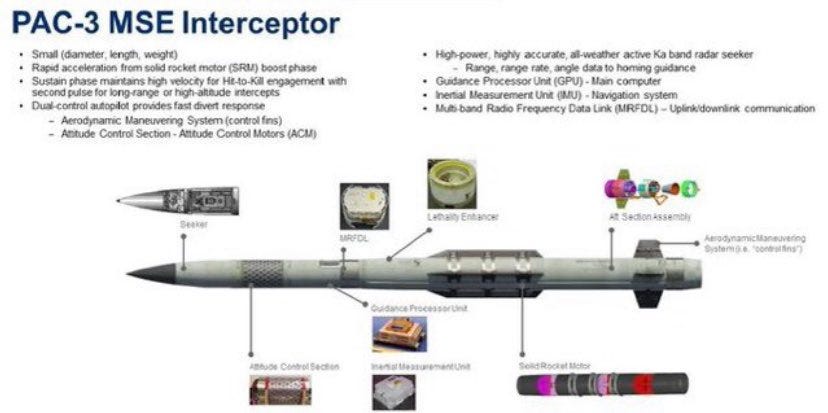

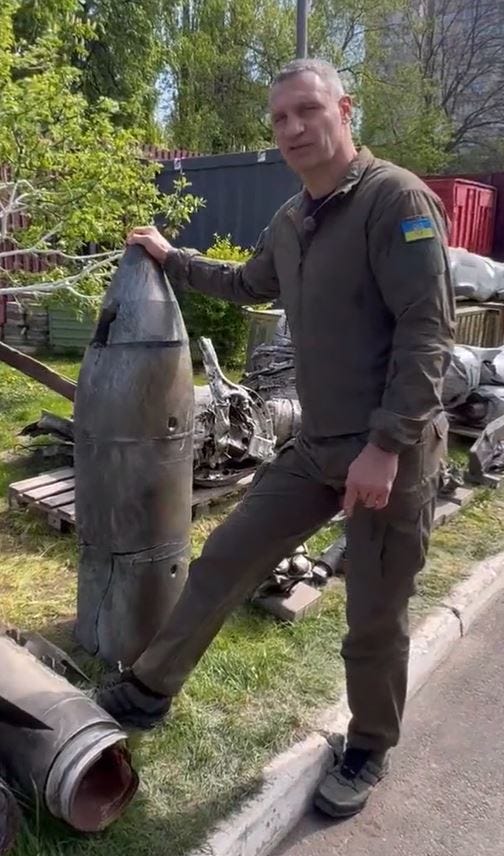
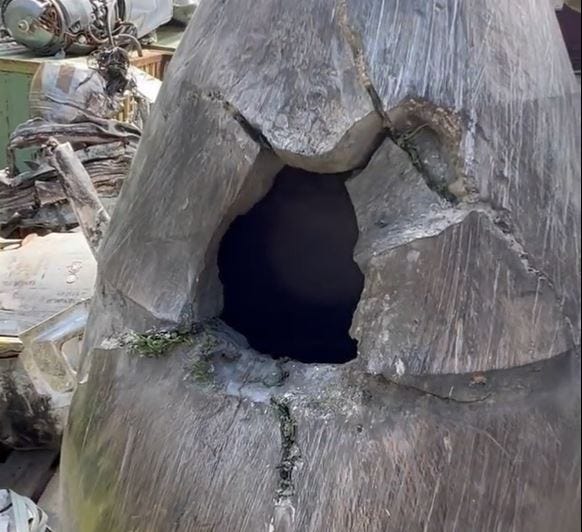
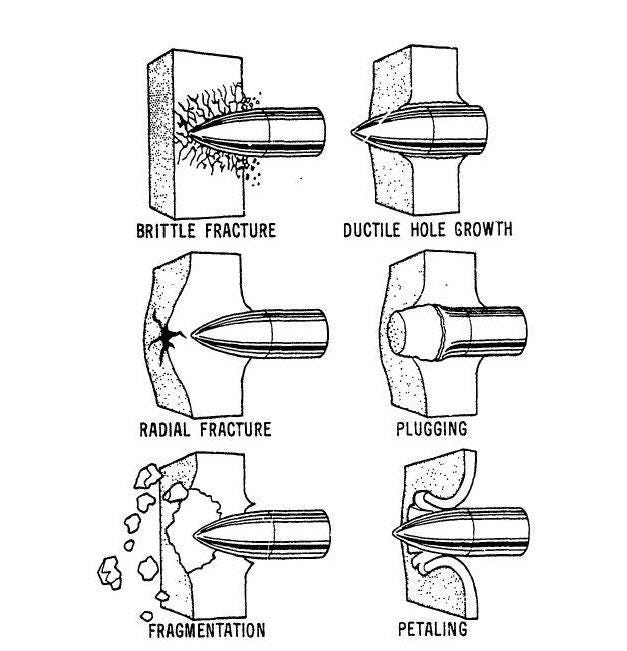
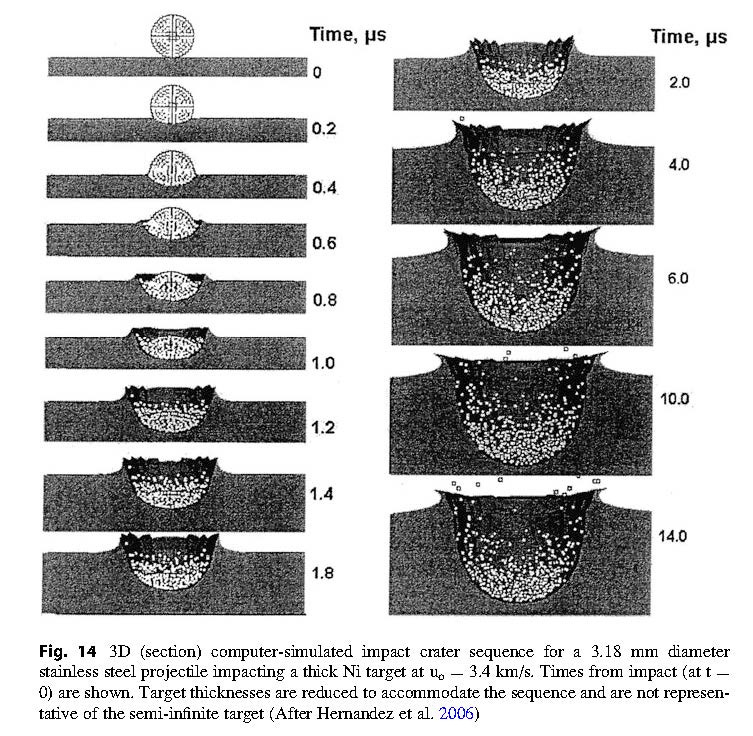
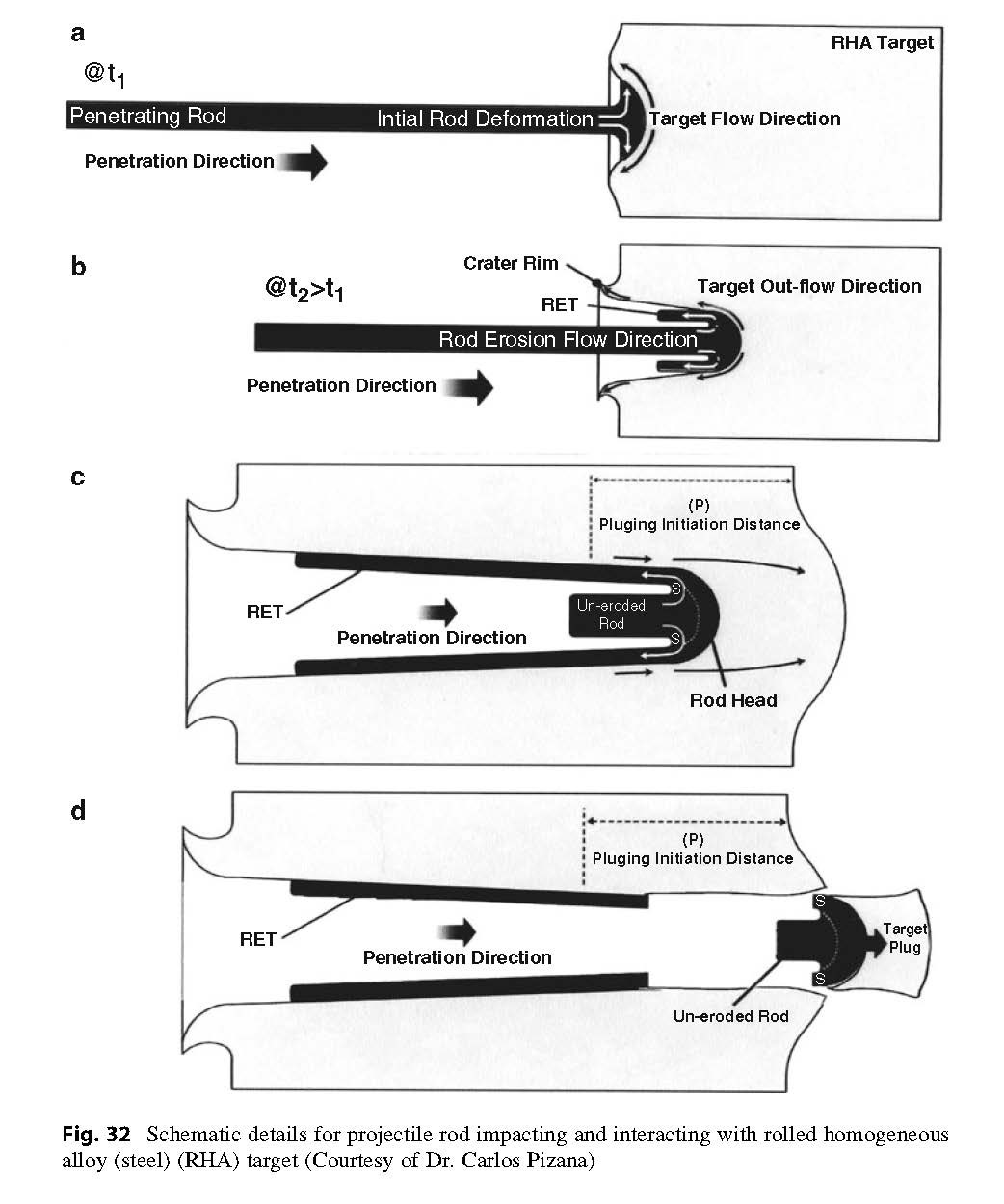
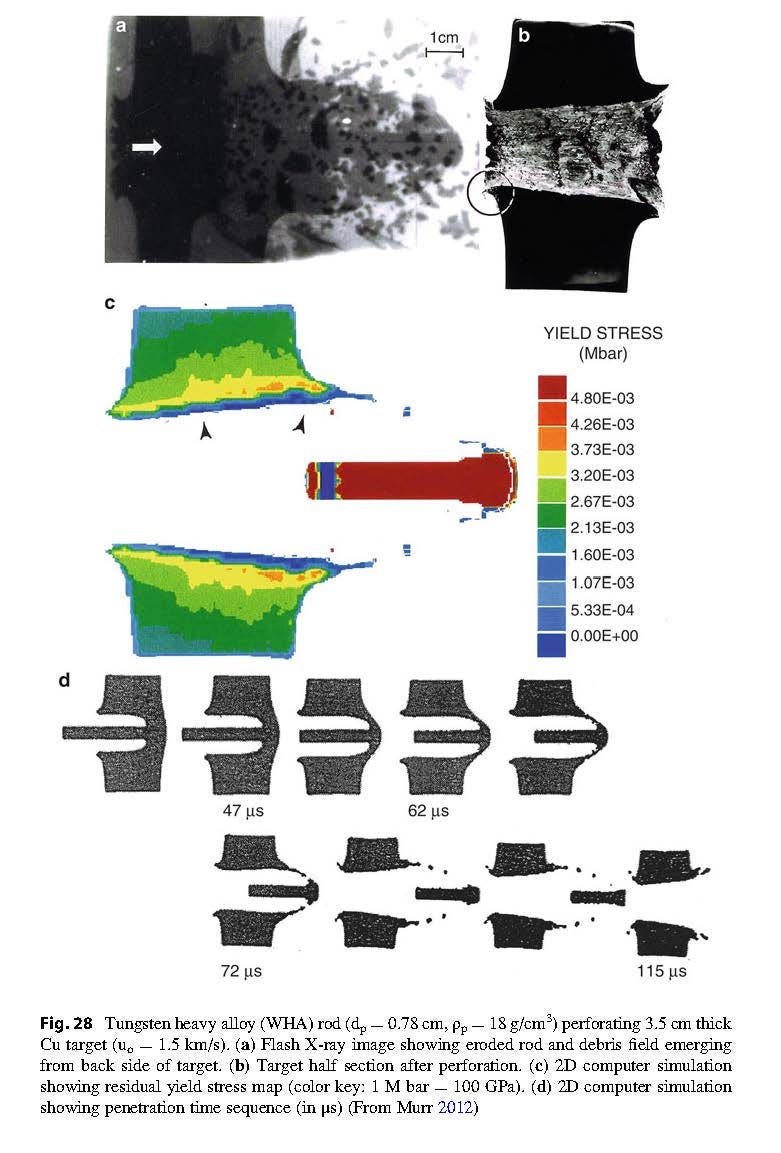
Lord Posonby's Ten Commandments of Wartime Propaganda:
We don't want war, we are only defending ourselves!
Our adversary is solely responsible for this war!
Our adversary's leader is inherently evil and resembles the devil
We are defending a noble cause, not our particular interests!
The enemy is purposefully committing atrocities; if we are making mistakes this happens without intention
The enemy makes use of illegal weapons
We suffer few losses, the enemy's losses are considerable
Recognized intellectuals and artists support our cause
Our cause is sacred
Whoever casts doubt on our propaganda helps the enemy and is a traitor
OH MAN!! You've got to see this!!! https://www.youtube.com/watch?v=ZCCwc8F99XA
'We all know who like to talk to use while he's high' - Ukrainian citizen